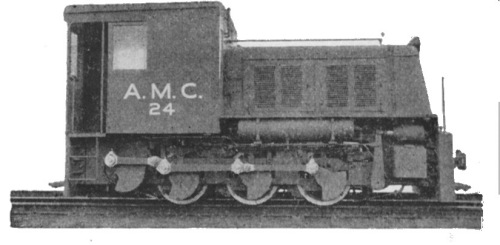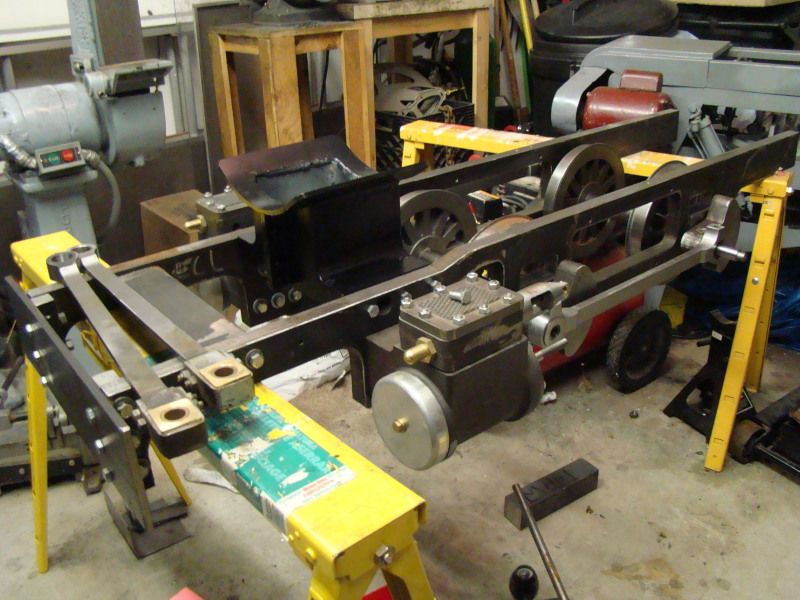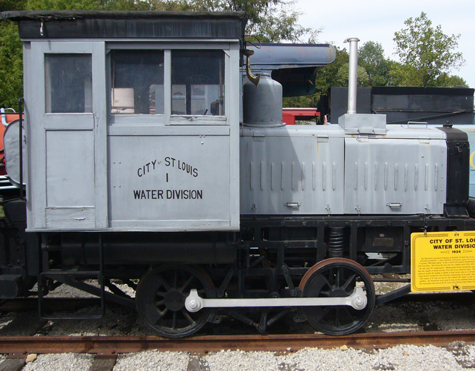adammil1
Titanium
- Joined
- Mar 12, 2001
- Location
- New Haven, CT
I was wondering if anyone had any ideas. This is the system I have in autodesk inventor;
I need to drive 3, 3" dia rollers 3.5" on center, with one DC gear motor.


The challenge I am having is the torque/speed torque per roller is about 300in-lbs (each), and the speed is about 20rpm which is killing me on the chain life calculators, and forcing me to go with #50chain. Making matters worse I need to be able to go in both directions, so I don't even think my current tensioning scheme used in the image above will work.
Anyone have any good ideas here, or should I be looking into other options than using a chain such as either gears, or maybe even going with siderods like on a steam locomotive?
Has anyone ever used Snapidle tensionersh ttp://www.snapidle.com/products/chain-tensioners.html? I don't know why they are so expensive (I think they run like $60each at McMaster) If I go double chain width over all 3 rollers forming one big loop, and then use something like these;
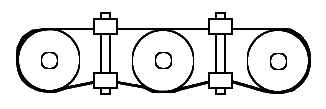
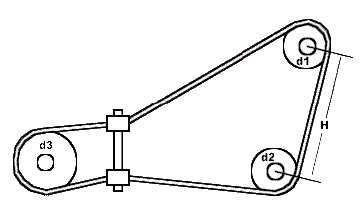
I may be able to get away with it, but has anyone ever used Snapidle products? How well do they hold up with time? On the short spans between the 3 rollers do I really need a tensioner or can I get away without one if I break these into 2 separate loops? If anyone has ever used Inventor's design accelerator for chain, any ideas on getting it to recognize this type of tensioner?
Any other ideas here or am I more or less on the right track?
Thanks
Adam
I need to drive 3, 3" dia rollers 3.5" on center, with one DC gear motor.


The challenge I am having is the torque/speed torque per roller is about 300in-lbs (each), and the speed is about 20rpm which is killing me on the chain life calculators, and forcing me to go with #50chain. Making matters worse I need to be able to go in both directions, so I don't even think my current tensioning scheme used in the image above will work.
Anyone have any good ideas here, or should I be looking into other options than using a chain such as either gears, or maybe even going with siderods like on a steam locomotive?
Has anyone ever used Snapidle tensionersh ttp://www.snapidle.com/products/chain-tensioners.html? I don't know why they are so expensive (I think they run like $60each at McMaster) If I go double chain width over all 3 rollers forming one big loop, and then use something like these;


I may be able to get away with it, but has anyone ever used Snapidle products? How well do they hold up with time? On the short spans between the 3 rollers do I really need a tensioner or can I get away without one if I break these into 2 separate loops? If anyone has ever used Inventor's design accelerator for chain, any ideas on getting it to recognize this type of tensioner?
Any other ideas here or am I more or less on the right track?
Thanks
Adam



